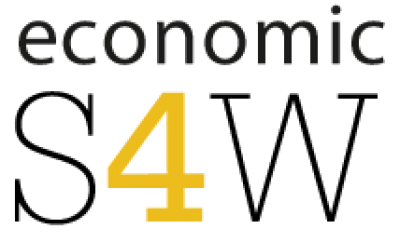Economic Impact on Women in Disaster Affected Arears in Australia
Introduction
In 2017 eS4W revisted Women’s Voices from the Flood Plains – 5 years on.
In 2013:
Part 1
Part 2
Part 3
The kit is available to download for free from the NRWC website.
- increased opportunities for women in disaster affected areas to provide their views on economic strategies to support women in disaster situations.
- increased opportunities to inform policy debate and future economic strategies for disaster relief responses.
- enhanced strategies to support women affected by natural disasters that take account of their economic security needs.
The report is available to download from the eS4W website
https://www.security4women.org.au/past-projects/2013-projects/voices-from-the-flood-plains
Roundtable discussion
In 2014, these alliances held one roundtable discussion at Australia’s Parliament House in Canberra and another in Marburg, QLD, one of the communities affected by disaster.
- 2014 Roundtable Discussion Canberra
- A copy of the Summary of the 2014 Marburg QLD forum will be provided in the near future.
The alliances have also invited the Australian Women’s Health Network to attend and present on their recent position paper “The Impact on Women’s Health of Climatic and Economic Disaster”.
The aim of the first policy roundtable is to ensure government and key stakeholders:
We want to explore how the voices and strengths of women can be reflected in the relevant Commonwealth policies and programs:
Rationale
Women often shoulder a disproportionate burden of the effects of disasters; as the primary family carer and as community carers they play a key unpaid role in community rebuilding. However, the report for eS4W by JERA found that the needs of women are often overlooked in disaster affected areas. As a result, they have less opportunity than men to look for employment outside the disaster affected areas. This disruption to their economic activity impacts on local industries and economies.
Post-disaster, women often continue to bear a heavy workload including clean-up work, subsistence activities and care especially for children and the elderly. They are often at the forefront of organising comfort, shelter, fuel, nutrition and water, as well as mobilising the community to respond to disaster. In addition, there is evidence to suggest an increase in violence against women and children after such disasters.
As a result, women are not only left with virtually no time for income-generating activities, they also run the risk of being exhausted and overworked. Despite this, gender concerns are often overlooked, ignored or dismissed as emergency responses take effect and the “tyranny of the urgent” (water in, water out, clean up, rebuilding of infrastructure, etc.) prevails.
On the positive side, women’s disaster response efforts can provide them with new skills they can carry over into the job market, giving them a unique opportunity to challenge and change their gendered status in society. In contrast, when disasters hit overseas, international aid agencies often support development strategies that promote market-based opportunities for women, for example by strengthening women’s associations and advocating gender-sensitive business environment reform. There are also examples where women, despite gender-specific barriers, have established viable enterprises based on familial and community networks, e.g. in Sri Lanka and Afghanistan, sometimes changing the gender relations in the family and community.
In Australia, however, these strategies are not employed and little is known about the specific economic impacts of disaster affected areas on women.
Click here for a full copy of the Background Paper – NRWCeS4WGenderDisasterRoundtableBackground_20140429
Introduction of the Modular Online Time Use Survey (MOTUS)
Show you support – A Time Use Survey: the why, the who, the need, the when and the how.
#EPD2017 support women in sport
Women in all sports have been fighting for a decade for a level playing field – equal pay for equal value. So are we. How did they get this far and what does it mean for women playing and leading in sport today?
